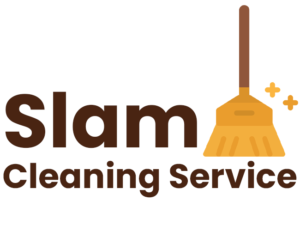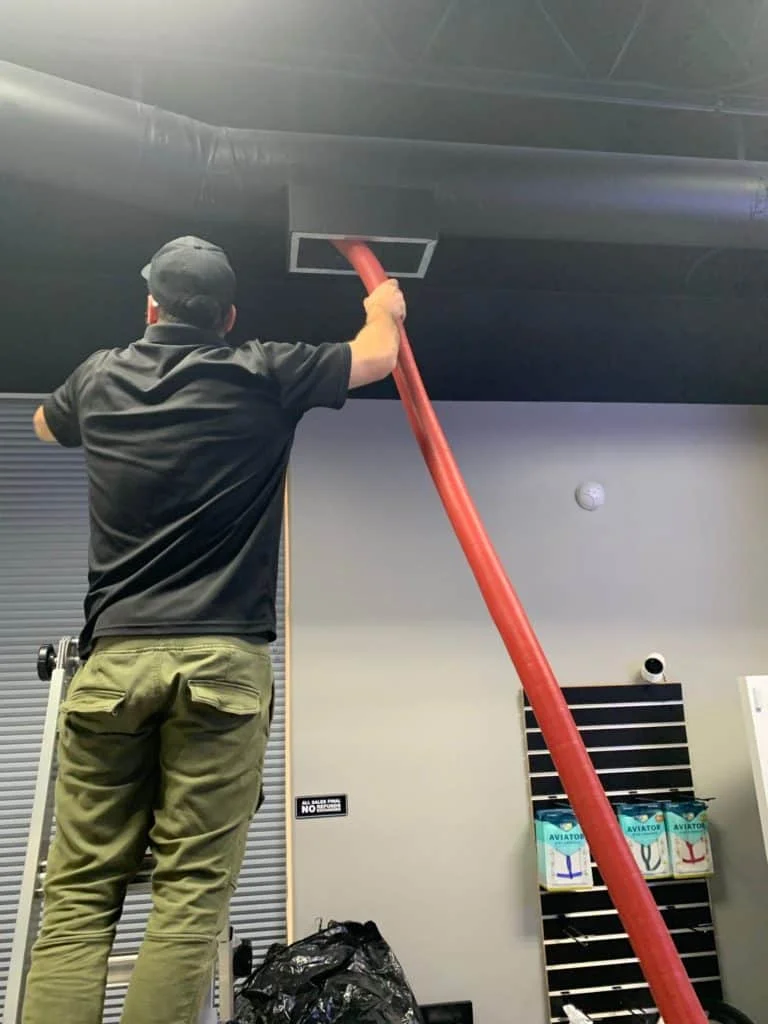Water damage can strike unexpectedly, wreaking havoc on homes, businesses, and communities. Damage mitigation and restoration to properties to their pre-loss condition are key tasks that water restoration company undertake after such catastrophes. However, the effectiveness and efficiency of these restoration efforts can vary widely based on the strategies employed by the restoration teams. This article will explore essential tips and best practices for water restoration companies to maximize efficiency in their operations.
- Prioritize Safety:
- Safety should always be the top priority in any water restoration project.
- It is imperative that restoration workers are well trained on safety measures and have the necessary personal protective equipment (PPE).
- Conduct thorough risk assessments before restoration work to identify potential hazards and mitigate risks accordingly.
- Prompt Response:
- Time is of the essence when it comes to water damage restoration.
- Implement a 24/7 emergency response system to address water damage incidents as they occur promptly.
- Have a designated point of contact for customers to report emergencies and dispatch restoration teams efficiently.
- Utilize Advanced Technology:
- Embrace technological advancements to streamline restoration processes and enhance efficiency.
- Invest in moisture detection tools, thermal imaging cameras, and other advanced equipment to accurately assess the extent of water damage.
- The restoration crew can work together more efficiently with the use of project management, scheduling, and documentation tools.
- Develop Comprehensive Restoration Plans:
- Each water damage scenario is unique and requires a tailored restoration approach.
- Develop comprehensive restoration plans that outline each project’s scope of work, timeline, and resource requirements.
- Make sure the restoration plan fits in with the customer’s expectations by working closely with them to learn about their demands.
- Implement Efficient Water Extraction Techniques:
- Effective water extraction is critical for preventing further damage and expediting drying.
- Utilize high-powered pumps, extractors, and vacuums to remove standing water quickly and efficiently.
- Employ strategic placement of extraction equipment to target areas of high moisture concentration and maximize extraction efficiency.
- Optimize Drying Strategies:
- Mold development and structural damage can be prevented with proper drying after a water damage incident.
- Deploy industrial-grade dehumidifiers, air movers, and drying mats to create optimal drying conditions.
- Monitor moisture levels regularly and adjust drying equipment as needed to accelerate the drying process.
- Ensure Thorough Documentation:
- Accurate documentation is crucial for tracking progress, documenting restoration efforts, and facilitating insurance claims.
- Maintain detailed records of pre-restoration conditions, restoration activities, equipment usage, and moisture measurements.
- Utilize digital documentation tools to streamline record-keeping and ensure accessibility of documentation for all stakeholders.
- Foster Effective Communication:
- Open and honest communication is the cornerstone of a water restoration project’s success.
- Establish clear lines of communication between restoration teams, customers, insurance adjusters, and other stakeholders.
- Keep clients informed of the restoration process’s development on a frequent basis and respond quickly to their inquiries and concerns.
- Invest In Training And Education:
- Continuous training and education are essential for informing restoration teams about the latest industry trends, techniques, and technologies.
- Make sure restoration technicians have access to continuing education programs that will teach them what they need to know to do their jobs well.
- To keep up with the latest innovations and best practices in water restoration, it is recommended that individuals participate in industry-related events such as conferences, workshops, and certifications.
- Emphasize Quality Assurance:
- Delivering high-quality results is paramount for customer satisfaction and reputation management.
- Implement quality assurance measures to ensure that restoration work meets industry standards and customer expectations.
- Ensure that any shortcomings are quickly identified and addressed by conducting comprehensive inspections and quality checks throughout the repair process.
Conclusion:
Efficiency is the cornerstone of successful water restoration operations. Water restoration companies can maximize efficiency and deliver exceptional results by prioritizing Safety, embracing technology, developing comprehensive plans, and fostering effective communication. Following these tips and best practices, restoration professionals can mitigate water damage effectively, minimize downtime, and restore properties to their pre-loss condition promptly and cost-effectively.




